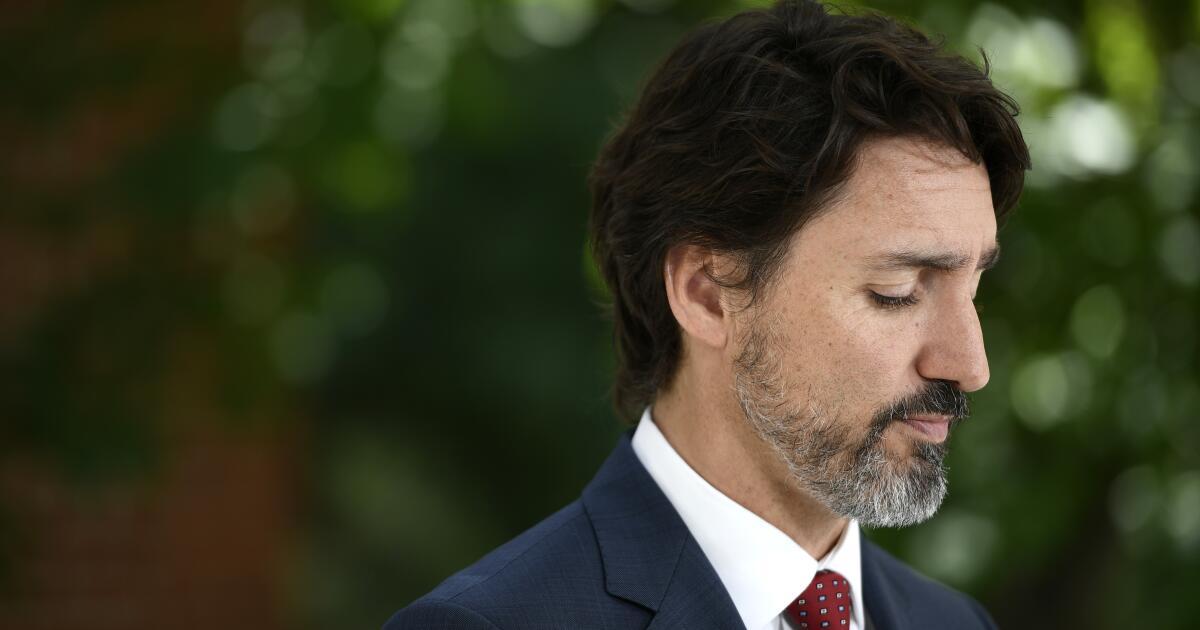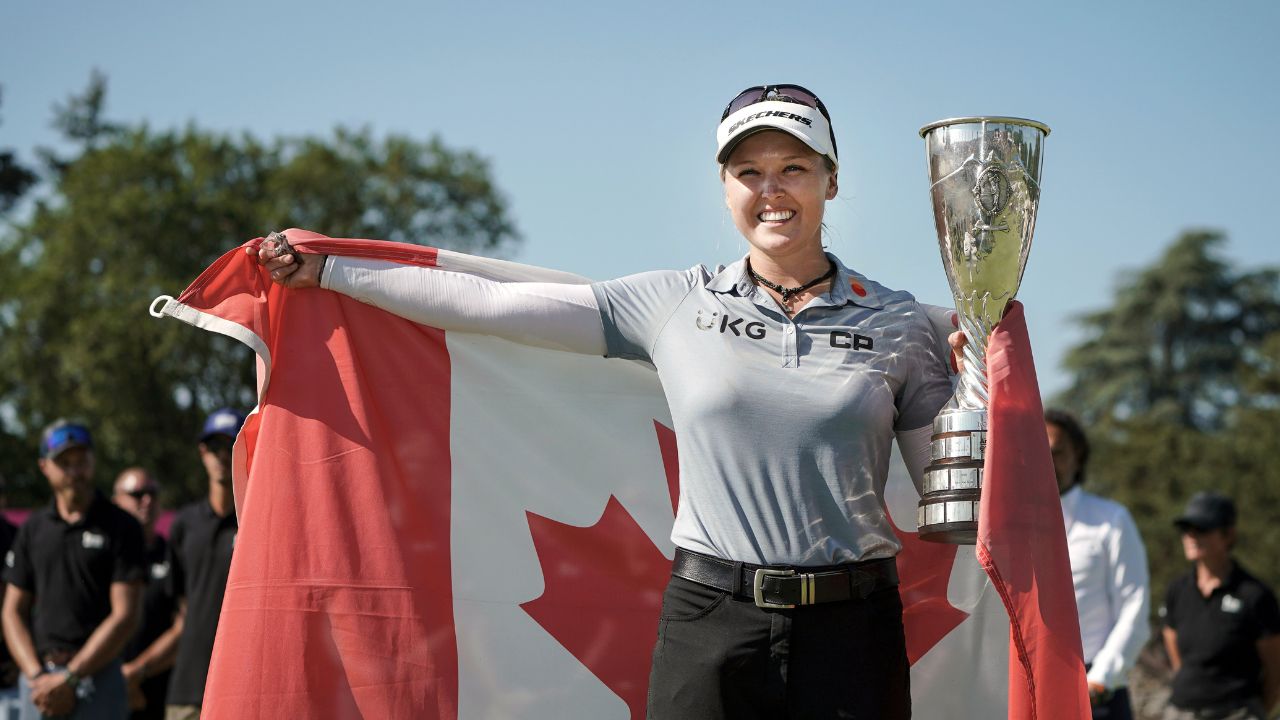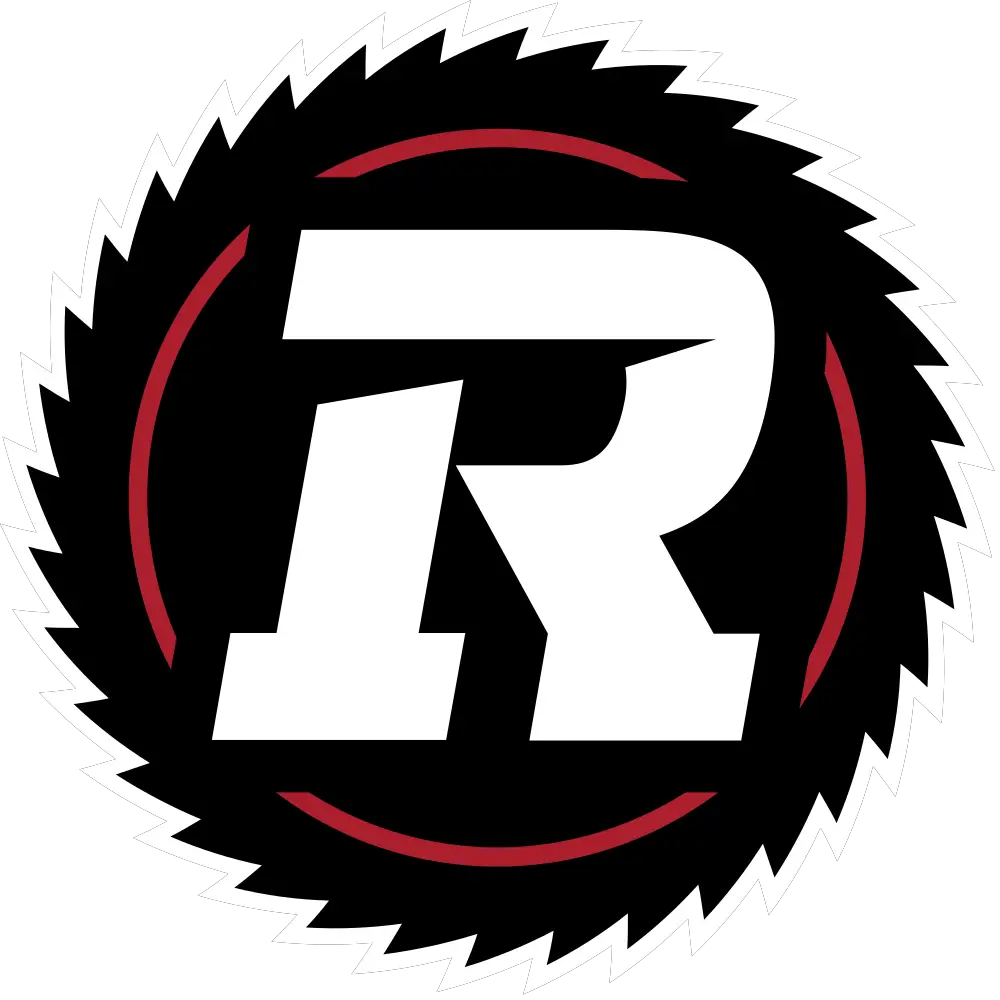World
A Conversation with Kevin Field: An Architect of Canadian Cycling on the World Stage – PezCycling News

In the fourth instalment of our series on North American road racing, we had the privilege to sit down with Kevin Field, one of the key “builders” in Canadian road racing over the last two decades. Michael Woods, Leah Kirchmann, Derek Gee, Allison Jackson-name a star Canadian rider and Kevin has likely helped move their career forward at some point. In this conversation we discussed how he does it and what he sees for the future of racing and development in North America.
“You just have to go over to Europe and race.” That simple refrain has become the most common piece of advice for aspiring North American racers in recent years. Coaches, directors and parents alike often insist that, when it comes to development in North America, “there is nothing here anymore…if you want to make it, you just have to go”.
It’s a disheartening conclusion for many, but certain trends support it. In 2017, there were forty days of UCI racing between Canada and the U.S. That tally made for a full season of opportunities for riders to gain experience and show teams across the world how they stacked up both in terms of performance against international competition and in terms of professional cycling’s international currency: UCI points.
On the surface, it seems obvious that if teams and federations want to invest in their talent, Europe is the only realistic answer. Luckily, guys like Kevin Field don’t operate on the surface, and he has made a career of finding answers that create opportunities rather than narrow them. After years of experience in high-level business consulting, Kevin has become one of the key “builders” of Canadian road cycling over the past two decades. He spent several years helping to operate two of North America’s most storied and productive professional teams, Symmetrics and Canadian super team Spidertech. Those teams were based firmly in the North American racing calendar while using targeted camps and carefully selected European projects to develop athletes like Svein Tuft and Leah Kirchmann (among many others) into world-class racers.
Recognizing a need within the increasingly track-focused Cycling Canada, he entered the National Sports Organization (NSO) as an advisor for Elite Men’s road racing before becoming part of Cycling Canada’s senior management team as its head of strategy.
In that role, Field designed a fairly revolutionary development pathway for athletes to graduate to the highest levels of professional racing. Although he later left Cycling Canada, frustrated that his program was unlikely to be properly implemented, this approach made an impact. During his time there, he drove the country’s results forward on the world stage. Canadian riders captured World Championship podiums and went on to capture Tour de France stages and Monument podiums, and Kevin worked with all of them in one capacity or another. Since his departure, Canada’s World Championships performances have been steadily declining.
Despite the challenges in the North American road racing scene, he doesn’t plan on letting that stream of success run dry. He continues to contribute to development through innovative approaches outside of NSOs in his work with the Bridge the Gap Fund and within the Eco-Flo Chronos team, now Canada’s premier U23 development program.
When asked about the current state of racing in North America, he finds positive signs where others don’t, pointing to a hefty thirty percent increase in race participation among juniors and Elites across Canada’s races in the past two seasons. Bridge the Gap collected that data through its Canada Cup initiative. Kevin concludes, “There are a lot of talented young athletes who are passionate about cycling and showing up to race; that’s a great indicator.”
Kevin instantly refutes the idea that riders must race full-time in Europe to continue their development. He doesn’t mince words: “That is completely asinine, just wrong”. He points to the athletes and teams that he has helped develop and the success of a more nuanced approach. “You can learn to race and learn to win here and use European blocks with a purpose to develop certain skills…technical ability, repeatability (of efforts) and how to adjust to different racing styles whether it is a Belgian Classic or a big stage race”. He insists that a hybrid model or North American racing paired with concise targeted European exposures can make the most of limited development resources.
In his current work with the Ecoflo-Chronos team, he is putting the concepts he developed with Cycling Canada into full effect. Every rider the team brings on is placed on a carefully calibrated multi-year development pathway to prepare them for a Pro-Continental or World Tour contract as they exit their U23 years. Each rider’s racing program is a mixture of different levels and types of racing in North America and Europe: some races that they should already be able to contend in, some in which a breakthrough result is possible on a great day and some at the highest level for pure experience.
As riders progress, their racing calendar progresses with them so that they are always in what academics would call their “zone of proximal development”-the sweet spot for learning and development. Road cycling has so many variables and inputs that development can feel like chaos for coaches and riders alike. A program like Field’s goes a long way toward blocking out the noise and capturing the optimal trendline for success at the highest levels. That carefully curated path can lead athletes into one of the few very positive new evolutions in road cycling – the rapidly increasing number of high-end U23 development teams funded through their WorldTour counterparts like Israel Premier Tech, UAE and Visma-Lease a Bike, to name a few.
Field’s vision for the sport is also unique in its grounded realism. He appreciates the fact that super talents like Michael Woods and Steve Bauer only come along once in a generation. If Canada wants more riders in the World Tour, the focus can’t just be on making champions; riders need to be trained for other roles as well. Bridge the Gap has rolled out a “Road Captain” course to do just that, teaching riders how to read races and lead their team to results instead of just themselves.
Kevin also identifies a lack of trained “race coaches” or sports directors in North America, where most coaches focus on the more directly profitable approach of providing individual training. It is hard to gain experience to become an adept director with so few professional positions left on this side of the Atlantic and with European jobs requiring such experience as a prerequisite. Bridge the Gap attempts to fill this gap as well by “Sports Director Curriculum,” offering clear education for a position with a job description full of unwritten rules and abstractions.
The real revelation of my conversations with Kevin was the fact that a select few talented and motivated people can contribute so much to building the sport in our country. In business, Price’s Law suggests that in any endeavour, the square root of the total workers will provide fifty percent of the output. That seems to apply to the endeavour of growing Canadian road cycling on the world stage.
Amid all of his positivity and insight, Kevin also acknowledged the elephant in the room: “Why isn’t Cycling Canada doing all of this?”. He generously “cuts (the federation) some slack,” commenting from experience that “most NSOs are in the same boat…stuck in a merry-go-round of bureaucracy”. It’s not a fatalist statement. However, Field still believes things can be better if the right people can find the courage to take on the inherent risk of change. He says the first steps would be creating a “better understanding of governance, better on-boarding of directors and an improved interface between the NSO board and funders.” As with most cycling-related topics, Field sounds like a guy who knows exactly what he is talking about.
With his reams of data and meticulously measured insights, Field is likely the closest thing to a cycling fortune teller, as I’m going to find in this article series. Naturally, I asked him about the future of cycling in North America. His answer was as pragmatic and optimistic as I had come to expect. He sees a future where disciplines come together to prosper in entertaining events to showcase talent. A future with “vertically integrated” team structures offers athletes a path from Junior to U23 to Pro under one roof. He sees crits and road racing coming back together and “Conti ”-level stage races like Redlands, Beauce and Gila repopulating the calendar and thriving with a new wave of talent. He’s more bearish regarding higher-end events like Tour of California but is skeptical about their actual value to developing riders to begin with. Most importantly, he said the words that I think we all want so desperately to hear: “We are at the worst point now; it only gets better from here.”
This is the fourth article in our PezCycling News feature series on North America Racing:
Article 1: tinyurl.com/2xv89nwy
Article 2: tinyurl.com/28bpco5j
Article 3: tinyurl.com/23kfy8vq










